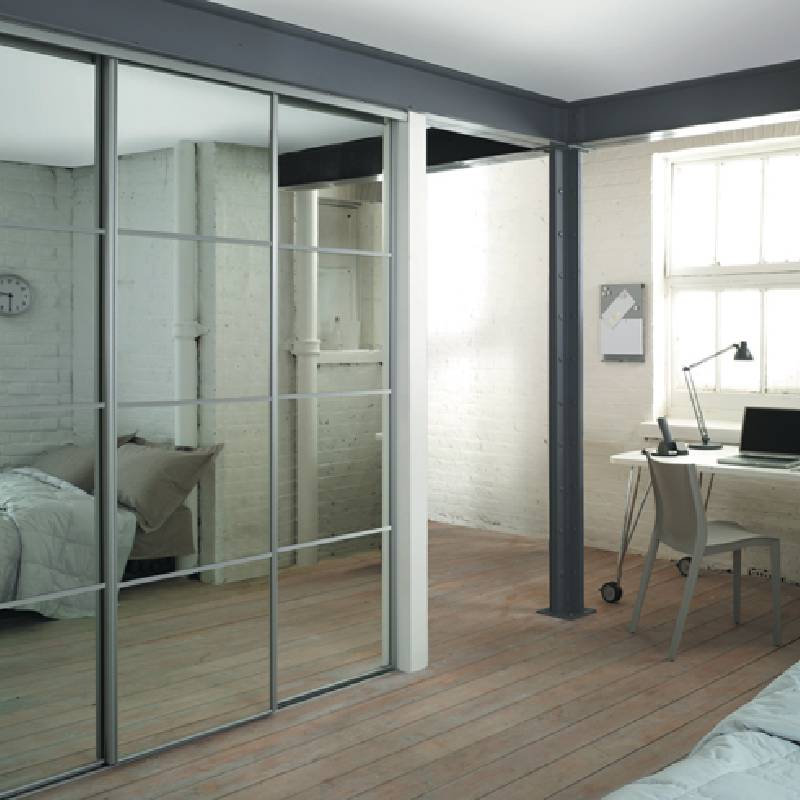

The Price of Tempered Glass Factors Influencing Costs and Market Trends
Tempered glass, known for its strength and safety features, has become an essential material in various industries, from construction to automotive. This article aims to explore the factors that influence the price of tempered glass and how market trends affect its overall cost.
Understanding Tempered Glass
Tempered glass, also referred to as toughened glass, is manufactured through a process of extreme heating followed by rapid cooling. This process increases its strength compared to ordinary glass, making it less susceptible to breakage. When broken, tempered glass shatters into small, blunt pieces, reducing the risk of injury. These characteristics make it a preferred choice for applications such as shower doors, glass doors and tables, as well as vehicle windows.
Factors Influencing the Price of Tempered Glass
1. Raw Material Costs The primary raw materials used in the production of tempered glass include silica sand, soda ash, and limestone. Fluctuations in the prices of these materials directly impact the cost of tempered glass. For instance, during periods of high demand or supply chain disruptions, raw material costs may rise, leading to higher prices for manufacturers, which are subsequently passed on to consumers.
2. Manufacturing Process The tempering process itself requires specialized equipment and technology, which can be costly to maintain and operate. The investment in advanced furnaces and cooling technology not only adds to manufacturing costs but also influences pricing strategies in the market. Manufacturers with more efficient processes may be able to offer competitive pricing, while those relying on outdated technology may charge more.
3. Thickness and Size The thickness and size of tempered glass panels significantly influence pricing. Larger and thicker panels require more raw materials and energy to produce, which can result in higher prices. Custom sizes and shapes designed to meet specific architectural or design requirements can also increase costs due to the additional labor and processes involved.
4. Market Demand The demand for tempered glass in various sectors, including construction, automotive, and consumer goods, can lead to fluctuations in price. A surge in construction activities or an increase in the production of glass-based products can elevate demand, subsequently driving up prices. Conversely, a decline in construction can lead to reduced demand and lower prices.

5. Geographic Location The price of tempered glass can vary significantly by region due to transportation costs, local market conditions, and labor costs. In areas where production facilities are located, prices may be lower due to reduced shipping expenses. Conversely, remote locations may experience higher prices due to increased transportation costs.
6. Competition and Market Structure The competitiveness of the tempered glass market plays a crucial role in pricing. In regions with numerous manufacturers, prices may be lower due to competition. However, in oligopolistic markets where a few companies dominate, prices can be higher as they have more control over supply and pricing strategies.
Market Trends Affecting Tempered Glass Prices
As of late 2023, several market trends are influencing the price of tempered glass. Firstly, the push towards sustainable building materials is driving demand for high-quality tempered glass, particularly in green building projects. Increased investment in eco-friendly construction is expected to further elevate prices due to heightened demand.
Secondly, advancements in technology are leading to the development of energy-efficient glass solutions, such as low-emissivity (Low-E) coatings. These innovations can create a competitive edge and justify higher prices, as builders and consumers become more conscious of energy savings and environmental impacts.
Lastly, geopolitical factors and trade policies can also impact the price of tempered glass. Tariffs on imported glass products or raw materials can increase costs, affecting manufacturers and consumers alike. Keeping an eye on global trade dynamics is essential for anticipating price changes in the tempered glass market.
Conclusion
In conclusion, the price of tempered glass is influenced by a myriad of factors, including raw material costs, manufacturing processes, market demand, and geopolitical elements. As industries increasingly embrace tempered glass for its safety and aesthetic appeal, understanding these dynamics will be crucial for consumers and businesses alike. Whether investing in a new construction project or simply replacing a glass fixture, staying informed about tempered glass pricing can lead to smarter purchasing decisions.